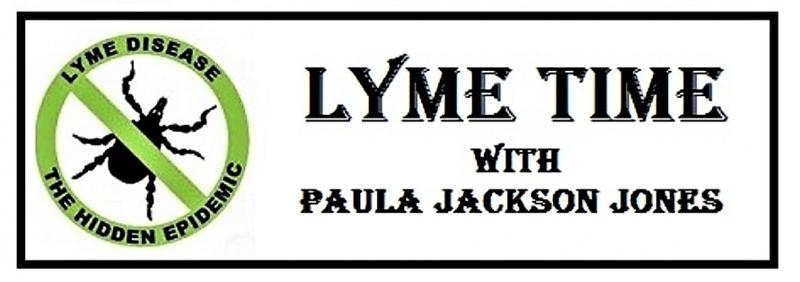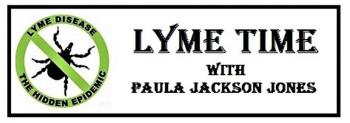Maine Ticks and Diseases (Recap)
According to the University of Maine Cooperative Extension and Maine Medical Center Research Institute (MMCRI), there are fifteen species of ticks identified here in Maine. Fifteen species that mate, lay eggs and re-populate every year here in our state. Fifteen species that are capable of, and that do carry, tick-borne diseases other than Lyme disease.
That is why prevention practices are needed more than ever. Because there is no way to know what you have been exposed to when bitten by a tick and your doctor can not tell you just by looking at the tick in their office. Ticks carry many different diseases and strains of disease. It takes a specialty lab with special equipment to be able to identify any pathogens that a tick may be carrying, like the UMaine Tick Lab in Orono or TickReport.com at the University of Amherst in Massachusetts. These labs are designed to test ticks for pathogens with an accuracy level of 99.98% so you will know for certain what you have been exposed to.
But what do we need to protect ourselves against? The following ticks have been reported in human, animal and wildlife transmission of disease:
Deer Ticks (also known as Black-legged tick) carry Lyme disease, Anaplasmosis, Babesia (a malaria-based tick-borne disease) and Powassan virus
American Dog Tick carries Rocky Mountain Spotted Fever, Tularemia and Canine Tick Paralysis
Brown Dog Tick (also known as Kennel Tick) carries Rocky Mountain Spotted Fever, Canine Erlichiosis and Canine Babesiosis (Babesia)
The Lone Star Tick has gotten a lot of media attention with reports of Alpha Gal Syndrome (an allergy to red meat, dairy, eggs, and other products). They also carry Rocky Mountain Spotted Fever, Tularemia, Erlichiosis and tick paralysis. It also carries the Hartland virus which has been reported in the Midwestern and Southern states.
Other animal/wildlife ticks to be aware of: Bird ticks, Mouse ticks, Squirrel ticks, Rabbit ticks, Seabird ticks, Woodchuck/Groundhog ticks and Winter ticks (or Moose tick) all named after their preferred feeding habits.
Can you tell by looking at any of these ticks, once removed from you or your pet, what you have possibly been exposed to? Absolutely not! But getting the tick tested is quite easy and we can help get you connected to a medical provider who is knowledgeable and experienced in treating tick-borne disease.
Prevention is always the best defense against tick encounters and exposure to tick-borne disease. Practice the five points of prevention to reduce your risk of exposure and enjoy outdoor activities: 1) Wear repellent on your skin; 2) wear or treat clothing with Permethrin; 3) treat your pets year-round to protect them and to reduce ticks being brought into your home; 4 & 5) clean your home and treat your yard with products that repel ticks. Always do your tick checks when you come inside. For more information, visit our website: www.mldse.org
Paula is the president of the MLDSE , 2018 co-chair of the Access to Care Services and Patient Support subcommittee of the federal HHS Tick-borne Disease Working Group, the Maine-partner of the national Lyme Disease Association, member of Maine’s CDC Vector-borne Workgroup and active in Maine’s Lyme legislation. You can reach her at paula@mldse.org and visit her website www.mldse.org
Event Date
Address
United States

























